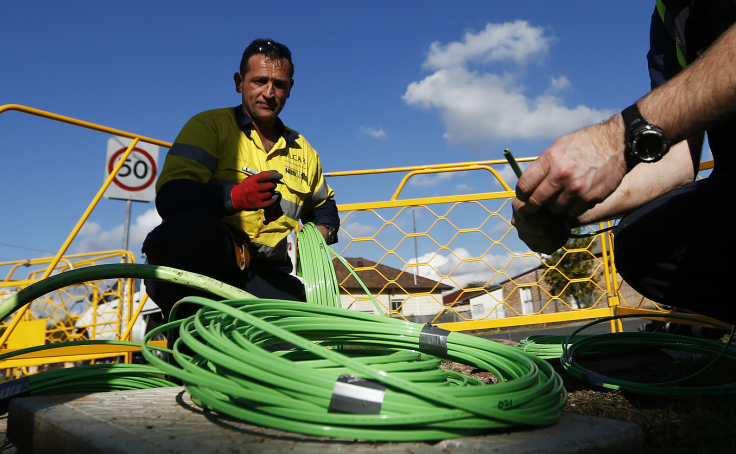NBN announces first set of Australia's suburbs to receive FTTC technology

NBN announced on Tuesday that its Fibre-to-the-Curb (FTTC) technology would roll out to 700,000 homes in the suburbs of Melbourne and Sydney. The residents and business owners will receive the service in the first half of 2018.
Melbourne suburbs to receive the FTTC technology includes Burnside, Brooklyn, parts of Collingwood, Cremorne, Richmond Carolyn Springs, Derrimut, Frankston and Williamstown. The Coburg North would be the first area to be built in the second half of 2017. NBN will hold trial services with retailers in its initial phase.
Meanwhile, Sydney suburbs include Alexandria, Botany, Caringbah South, Cronulla, Denham Court, Erskineville and Gladesville. The suburbs of Horningsea Park, Hunters Hill, Lugano, Mona Vale, Peakhurst, Revesby, Tennyson Point, Woolooware and Woronora Heights were also included in the list.
“We are delighted to be leading the world in the deployment of FTTC technology. This demonstrates that nbn is on the cutting edge of technological advancement in the global telecoms market. Our goal is to deliver broadband in the most cost and time efficient manner possible and FTTC will help us do this in many parts of the nbn network,” NBN chief network engineering officer Peter Ryan said in a statement. The rolling out of FTTC means that the company does not need to conduct civil construction in installing fibre-optic line required for a Fibre-to-Premises (FTTP) connection.
Currently, the company's services are available through retail providers. There are 1.8 million homes and business already connected around the country.
FTTC and FTTP Difference
FTTP or Fibre-to-the-Premises is a pure fibre optic cable delivery medium providing direct internet access to a specific user or group from an Internet service provider (ISP). It is much faster than a coaxial cable Internet.
On the other hand, FTTC refers to the installation and use of optical fibre and traditional copper wire cable directly to the telecom pit, foothpath or curbs near homes. The fibre connects with small distribution point unit (DPU) that uses the existing copper line.The copper line would help in delivering a much faster broadband connection to the premises over a relatively short distance. VDSL2 technology will be used to deliver 100/40Mbps that FTTP delivered.
FTTC was initially launched by nbn as FTTdp, which stands for Fibre-to-the-Distribution point. However, the company dropped the name to keep in line with the globally-accepted term. The company also thought that it would be easier for the average Aussie to understand the term.
FTTC is cheaper to install and easier to upgrade than FTTP. Because NBN looks forward to innovations and technology upgrade, it is important that the existing technology could adapt to it. The company thought that it would need several technologies such as G.fast, XG.fast and Optus-only HFC in the future.






